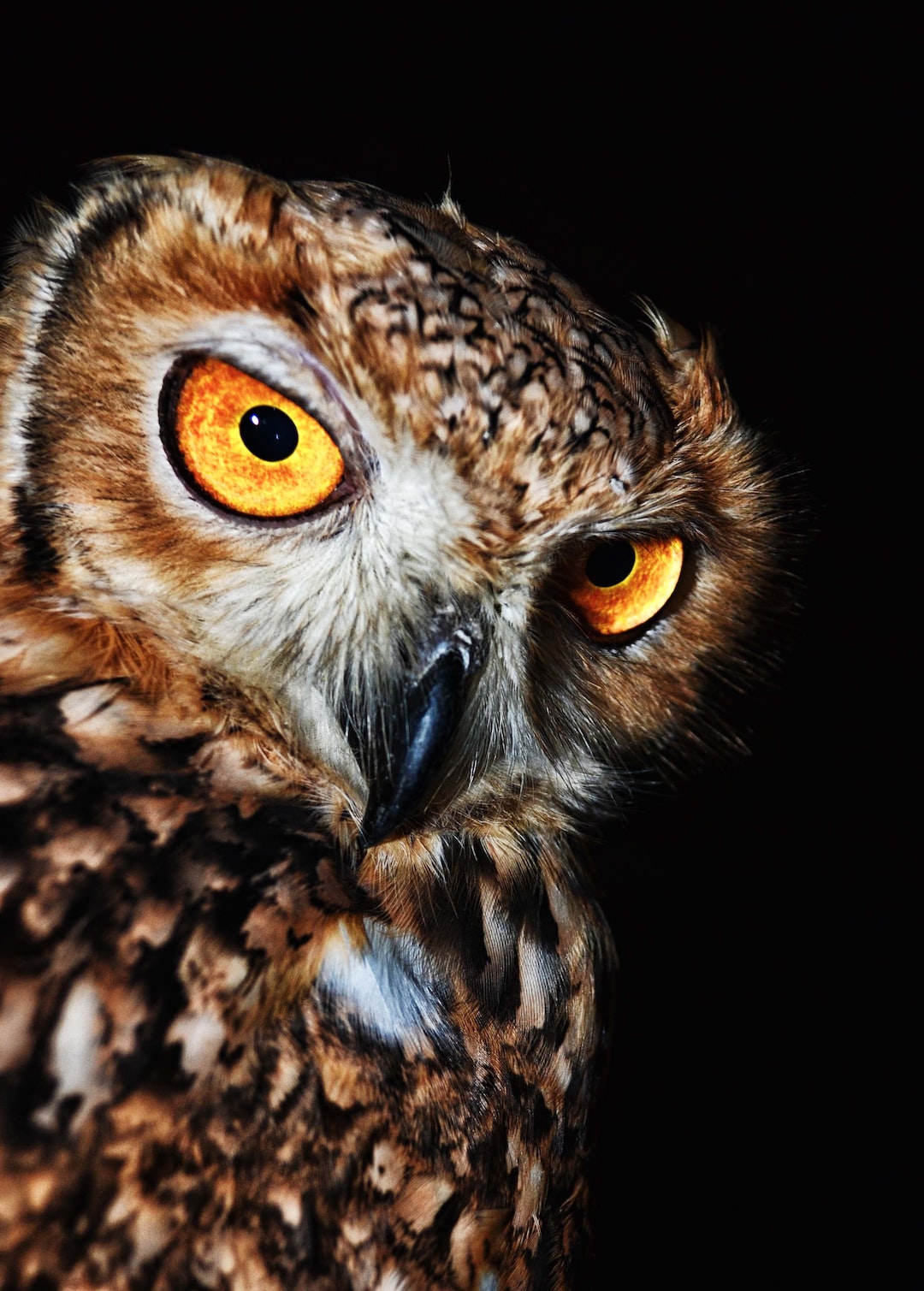Title: Animals in Art: From Ancient Cave Paintings to Modern Masterpieces
Introduction (100 words):
Throughout human history, animals have played a significant role in the world of art. From the ancient cave paintings to the intricate masterpieces of renowned artists, animals have served as subjects, symbols, and inspirations in various art forms. Exploring the deep connection between animals and art can provide us with a unique understanding of our relationship with the natural world. In this blog post, we will take a journey through time, examining the evolution of animal representation in art, from the earliest cave paintings to the modern works of art.
Ancient Cave Paintings (200 words):
The oldest known encounters of animals in art can be found within prehistoric cave paintings dating back over 30,000 years. These remarkable depictions, found in caves across Europe and Africa, reveal the earliest expressions of artistic imagination and representation. Animals such as bisons, horses, and mammoths adorned the walls of these caves, revealing the ancient human fascination with wildlife. These artworks not only showcased the hunters’ appreciation for the beauty and power of animals but also served as prehistoric storytelling tools and symbolic expressions.
Ancient Egypt and Animal Deities (150 words):
The ancient Egyptians held a deep reverence for animals, considering them sacred beings closely associated with deities. They viewed animals as divine creatures that possessed knowledge and power beyond human understanding. In Egyptian art, various animals played influential roles, with each species representing a particular god or goddess. The cat symbolized Bastet, the goddess of fertility and protection, while the ibis embodied Thoth, the god of wisdom and writing. These animal deities were commonly depicted in sculptures, reliefs, and amulets, showcasing the Egyptians’ belief in their transformative power and the eternal connection between humans and animals.
Animals and Symbolism in Medieval Art (200 words):
During the Middle Ages, animals continued to hold symbolic significance in art, particularly in Christian iconography. The complex symbolism was used to convey religious messages and moral teachings to the largely illiterate population of the time. For instance, the lamb symbolized Christ’s sacrifice and purity, while the peacock represented immortality and resurrection. Animals also played a crucial role in manuscripts, such as the richly illustrated Book of Kells, where intricate animal interlace designs were used to embellish texts. These representations revealed the delicate balance between the physical and divine realms, reflecting the spiritual beliefs of the medieval era.
Modern Art and Animal Imagery (150 words):
In the modern era, animal art has taken on new dimensions, reflecting changing attitudes towards animals and the environment. Artists such as George Stubbs, Rosa Bonheur, and John James Audubon brought animals to life through their detailed paintings, capturing their beauty and spirit. Wildlife conservation movements also inspired artists like Robert Bateman to use their art as a medium for raising awareness and promoting advocacy. Contemporary artists have embraced new mediums and techniques, using a wide range of forms, from vibrant abstract representations to emotive sculptures, to bring animals into the forefront of artistic expression. Animal art today not only celebrates the aesthetic appeal of animals but also urges us to reflect upon our responsibility in protecting and preserving the natural world.
Conclusion (100 words):
Animals have served as a steadfast inspiration in art, transcending time and cultures. From the ancient cave painters who recorded their encounters with animals to the modern artists advocating for their conservation, animal art has continuously evolved, reflecting our ever-changing relationship with our fellow creatures. It symbolizes our fascination, reverence, and responsibility towards the animal kingdom, reminding us of the importance of coexistence and environmental conservation. Through the language of art, animals speak to us, inviting us to recognize their inherent value and our shared interconnectedness.
